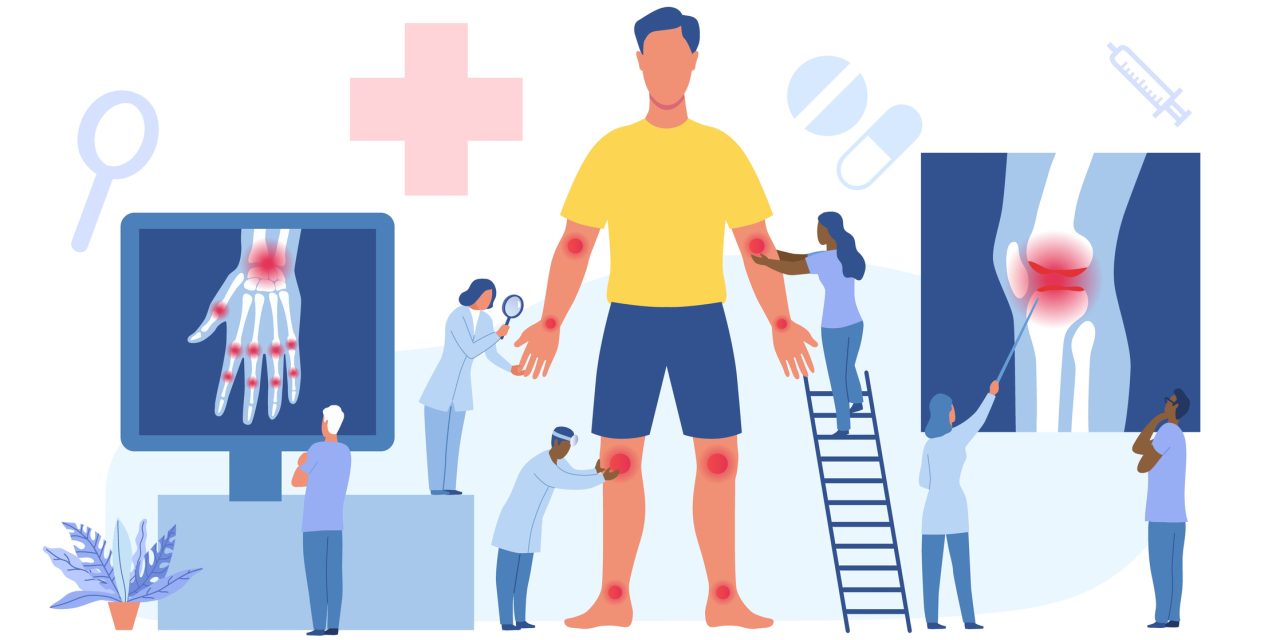To test the hypothesis, higher walking cadence is associated with lower knee loading while controlling for walking speed in patients with medial compartment tibiofemoral osteoarthritis (OA). Six hundred ninety-one patients underwent quantitative gait analysis, including 3D knee moments and temporospatial parameters. Using multivariate linear regression, we tested the association of walking cadence with the knee adduction moment angular impulse (a surrogate measure of medial knee compartment load throughout stance) while controlling for walking speed. We repeated the analysis while also adjusting for sex, age, body mass index, radiographic OA, knee pain, lateral trunk lean, foot progression angle, and mechanical axis angle while replacing the knee adduction moment angular impulse with other surrogate measures of knee loading.
While controlling for walking speed, lower cadence was associated with higher knee adduction moment angular impulse (standardized beta = ‐0.396, p<0.001), suggesting a 0.02%BW.Ht.sec decrease in impulse for each step per minute increase in cadence (unstandardized beta [95% CI] = ‐0.020 %BW.Ht.sec [‐0.027 to ‐0.015]), and remained consistent after adjusting for covariates. Lower cadence was also associated with higher first (standardized beta = ‐0.138, p=0.010) and second peak knee adduction moment (standardized beta = ‐0.132, p=0.018), higher peak knee flexion moment (standardized beta = ‐0.128, p=0.049) and vertical ground reaction force (standardized beta = ‐0.116, p=0.035) in the adjusted analyses.
When controlling for walking speed, lower cadence is associated with higher knee loading per step in patients with medial tibiofemoral OA. Future research should investigate the potential beneficial biomechanical and clinical effects of increasing walking cadence in patients with knee OA.


